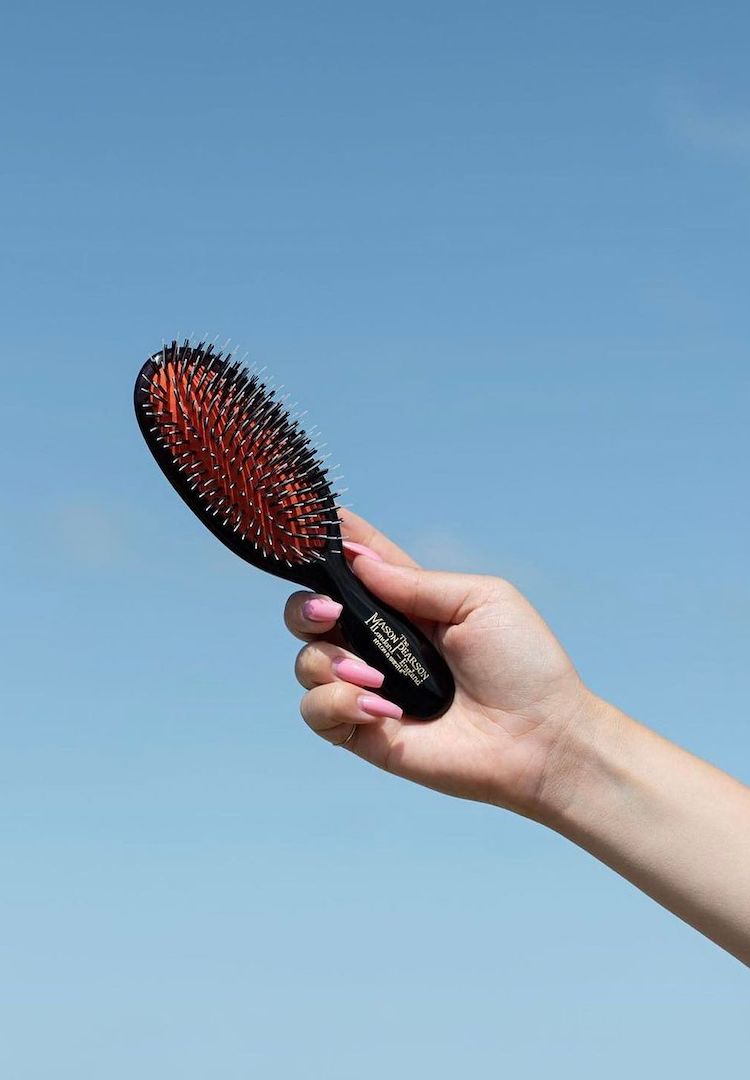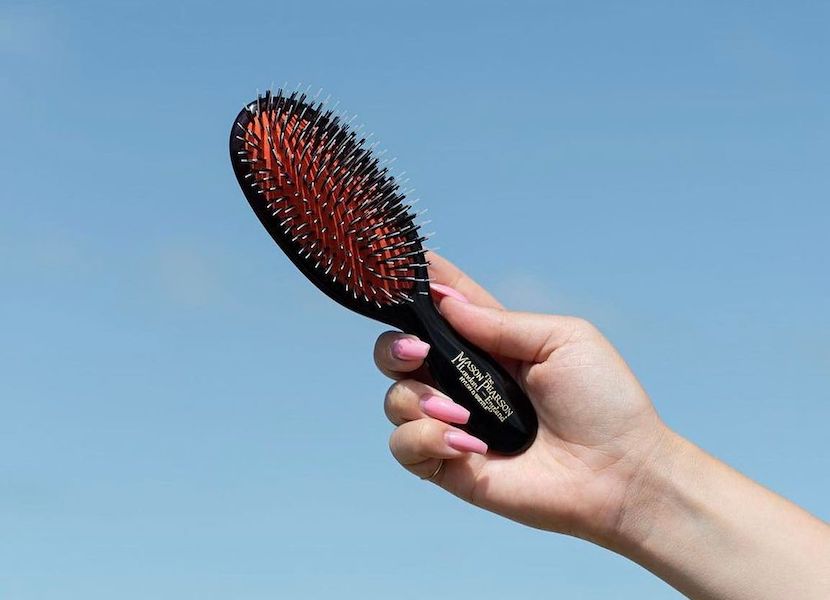What is seasonal hair loss and how can I prevent it?
WORDS BY Erin Ewen
An expert shares tips on how to keep your hair healthy year-round.
If you have hair longer than chin-length, you’re probably accustomed to shedding. For many people, it’s normal for handfuls of hair to come out all the time, leaving pesky strands in the shower, on the pillow or tangled up in their jewellery. But have you ever brushed your hair and noticed more fluff in the bristles than usual? As it turns out, seasonal hair loss could be the culprit.
We like nosy people. Don’t be shy, head to our Beauty section for more.
There’s a normal growth and shedding cycle, yes. Beyond this, it’s believed weather changes – among other factors – can result in excess hair loss. Here Dr Lauren Thomas, a doctor at Software, explains the concept of seasonal hair loss and speaks on what you can do to minimise shedding when the weather turns.
What’s seasonal hair loss?
Firstly, let’s address what hair shedding is. “Hair shedding, also known as acute telogen effluvium, is one of the most common causes of hair loss. It results in the shedding of hair… [it looks like] more hair being lost down the drain, more hair being caught in hairbrushes, more hair on the pillow and the need to vacuum more due to increased hair falling around the house and onto the floor,” explains Dr Thomas.
While it’s normal to shed between 50 to 100 hairs every day, seasonal hair loss refers to a recurrent and periodical increase in hair shedding. But can seasonal changes impact the amount of hair we shed? Research suggests that, yes, the weather does, in fact, impact hair growth.
“The results of one retrospective case study gathered over the period of six years, suggest that hair-shedding peaks in the summer months and appears lowest in late winter. A second peak seems to exist, though it is less pronounced, in spring,” says Dr Thomas.
What causes seasonal hair loss?
“Telogen effluvium can result from a wide range of causes, most being stress-related,” explains Dr Thomas. Both physical and emotional stress can result in increased hair shedding, and there are a range of factors that might cause a spike in anxiety levels.
“Seasonal affective disorder, or the experience of low mood from a lack of sun exposure during winter, can also contribute to and confound stress,” says Dr Thomas.
Another reason for excess hair shedding is related to pregnancy and childbirth. Telogen effluvium has been reported in approximately 90 per cent of women post-delivery. As explained by Dr Thomas, “birth rates consistently peak around spring,” potentially accounting for certain periods of increased hair loss.
There are also more unexpected stressors that might cause increased hair shedding – weight loss. “Losing more than one kilogram per month can also result in acute telogen effluvium,” says Dr Thomas.
Hair loss during winter
If you are experiencing increased hair loss during the winter months, there are a few explanations. “One study suggests perhaps the reason for increased hair loss during winter months is related to melatonin levels and exposure to sunlight,” suggests Dr Thomas.
“While the research seems to correspond with more rapid hair loss happening during spring and summer, this could just be related to the timing of episodes of acute telogen effluvium,” says Dr Thomas. It’s always best to seek professional advice if you’re at all concerned about excess hair loss.
How to minimise hair shedding
While no one likes the idea of losing more hair than they should, managing seasonal hair loss is entirely possible with a few key lifestyle changes. Some of the actions you can take to avoid excess hair loss are:
- Maintaining a balanced diet – eating a diet rich in vitamins and minerals is crucial for hair health.
- Avoid extreme dieting – losing an excessive amount of weight in a short period of time puts the body under immense stress.
- Stopping smoking – smoking has many negative effects on health, and our hair follicles are no exception. Smoking inhibits the blood flow to the scalp, causes oxidative stress, depletes collagen and raises cortisol.
- Avoiding tight ponytails – this can pull on the hair follicles.
- Taking the time to manage stress – as mentioned above, stress is one of the most common risk factors for hair loss. Noticing when you’re stressed, learning your triggers and managing them can do wonders for your hair growth.
So, if you’re noticing changes in the amount of hair you shed based on the season, you’re not alone. Seasonal hair loss is a reported phenomenon, with research suggesting it’s most common to shed excess hair during the summer months. But by maintaining a healthy lifestyle, adopting gentle hair care practices, and seeking professional advice when necessary, you can keep your hair looking its best year-round.
For more on seasonal hair loss, head here.













